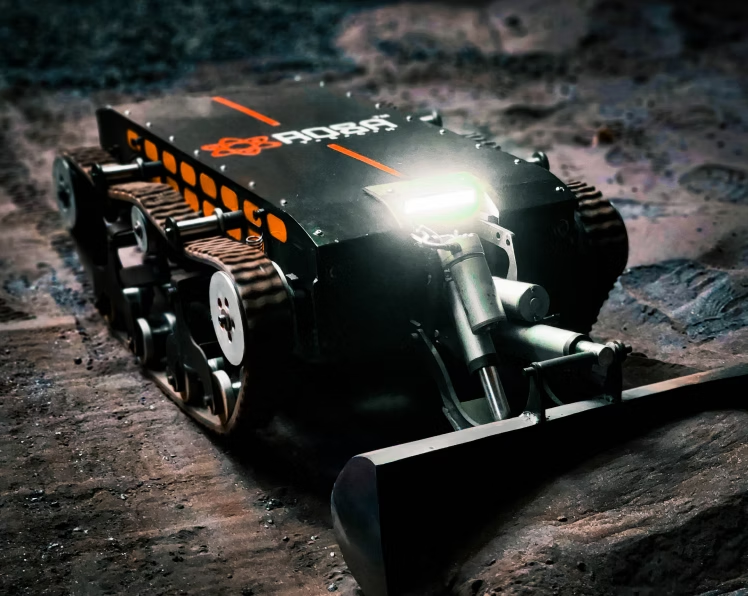From College Lab to Industrial Frontline: Rosa Tech’s Journey in Building Intelligent Co-Workers
In the bustling town of Jamshedpur, two college students embarked on a project that would eventually transform into Rosa Tech, a pioneering deeptech startup focused on creating intelligent, human-collaborative robots. This venture, which started as a side project, has now become a beacon of innovation in industrial safety and automation.
The Genesis of Rosa Tech
Rosa Tech’s story began in a modest college lab, where founders Rohit Anand and Saket Anand were driven by a passion for robotics. Their vision was clear: to develop robotic platforms that not only perform tasks but also perceive, adapt, and collaborate with humans in complex environments. This vision was validated when their early prototype caught the attention of Tata Steel’s top management, laying the groundwork for a company dedicated to solving real-world industrial challenges.
Navigating Challenges and Building a Team
Starting a robotics company in a smaller town like Jamshedpur posed unique challenges, particularly in talent acquisition. Rosa Tech addressed this by recruiting fresh engineering graduates and investing heavily in their training. This approach not only built a strong team but also fostered a culture of innovation and shared purpose.
The financial aspect was another hurdle. Robotics is inherently capital-intensive, and sustaining development without external investment required creative solutions. Inspired by Tesla’s early strategies, Rosa Tech began selling individual components like power modules and sensor stacks to generate revenue while continuing to develop their core technology.
Introducing Robot General Intelligence (RGI)
Rosa Tech’s breakthrough came with the development of Robot General Intelligence (RGI), a platform that integrates machine learning, sensor fusion, control systems, and natural language processing. This innovation allows robots to think, sense, and adapt like human workers, positioning them as collaborative teammates rather than replacements.
Their flagship solutions, including TAURUS, an unmanned ground vehicle, and an indigenous command and control center, are designed for rapid deployment in high-risk environments. These platforms are already making a significant impact in sectors like steel plants and defense facilities.
Learning from Setbacks
A pivotal moment for Rosa Tech was a failed field trial of their conveyor-cleaning robot. Instead of retreating, the team viewed this as an opportunity for improvement. After several design iterations, the refined robot successfully cleaned a 300-meter conveyor line autonomously, outperforming manual teams and securing Rosa Tech’s first paid contract.
This experience underscored the company’s commitment to resilience and real-world impact. As one senior operator noted, Rosa Tech’s robots are the first to make a tangible difference in their operations.

Expanding Horizons
With successful pilots and a growing team, Rosa Tech is now focused on refining its RGI platform for wider industrial deployment. The company envisions becoming a global leader in cognitive robotics over the next three to five years, powering intelligent machines across sectors from smart factories to battlefield support units.
The Human Element
Rosa Tech’s journey is a testament to the power of empathy in innovation. By addressing the grim realities of hazardous work environments, the company is not only advancing technology but also elevating the human workforce. Their story is a reminder that intelligent machines can enhance, not replace, human capabilities.
The Road Ahead
As Rosa Tech continues to grow, the company remains committed to its founding vision. By focusing on collaboration, adaptability, and real-world solutions, they are setting new standards in the robotics industry. The journey from a college lab to national recognition is just the beginning for Rosa Tech, as they strive to make a lasting impact on industries worldwide.
For more information on Rosa Tech’s innovations, visit Rosa Tech.
Enjoyed this article? Visit TechScoopIndia for more!



















